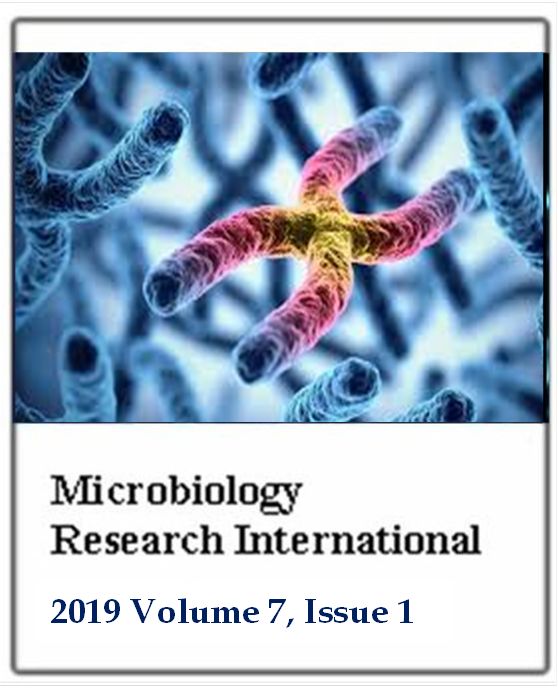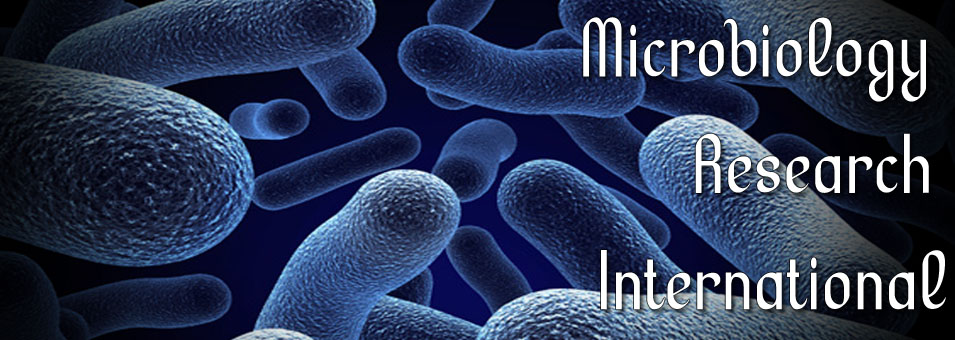Detection of some virulence genes by PCR in Escherichia coli isolates from some local food in Erbil City
Zainab M. AlzubaidyMicrobiology Research International
Published: January 5 2019
Volume 7, Issue 1
Pages 1-9
DOI: https://doi.org/10.30918/MRI.71.18.024
Abstract
The present study was aimed to isolate and characterize Escherichia coli pathogenic types from raw red meat, poultry and ready to eat food sources. Enrichment, selective plating, biochemical tests as well as vietik kit system have been applied for isolation and identification of pathogenic E. coli from collected samples. Out of 200 food samples, 180 (90%) were contaminated with E. coli, the highest contaminated foods were red meat 74 (92.5%), while the poultry 55 (92%), and 51 (85%) of ready to eat foods. The prevalence of E. coli O157: H7 found in red meat is 20 and 18% in poultry while 14% of the ready to eat food samples were contaminated with this bacterium. The isolates were screened for some virulence genes using PCR assays; from the total (128) isolates, 98 (76.5%) possessed uidA gene as detected in 40 (74%) red meat, 30(81%) and 28 (75.5%) in poultry and ready to eat food respectively, while 37 (28.9%) of the isolates possessed lt gene as follows; 10 (18.5), 15 (40.5) and 12 (32.4) in red meat, poultry and ready to eat food, respectively. The results showed the detection flicH7 gene specific for E. coli O157:H7 were 7(38.8%), 5(35.7%) and 4(26.6%) of the total 47 isolates were possessed the flicH7 gene found in red meat, poultry and ready to eat food respectively. Our results showed that E. coli isolates presence in high percentage in raw red meat, poultry and ready to eat foods (kebab, shawerma and hamburger) and virulence genes; udiA, lt and flicH7 genes detected by PCR in the isolates and may be a source of potentially pathogenic E. coli for humans.
Keywords: Pathogenic, E. coli, virulence genes, PCR.
Full Text PDF
